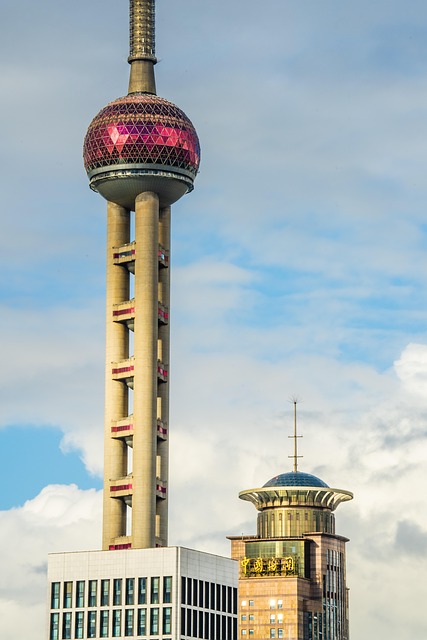Strategic real estate development centered around transit hubs, known as Transit-Oriented Development (TOD), stimulates local economies by integrating residential, commercial, and retail spaces. This model enhances economic growth through business cultivation, increases property values, improves quality of life, and promotes environmental sustainability by encouraging public transport usage. Mixed-use zones attract residents and businesses alike, fostering vibrant urban environments with increased foot traffic, new opportunities, and community prosperity.
In today’s interconnected world, transit nodes act as vibrant hubs that can significantly boost local economies. This article explores strategic approaches to unlock the potential of these areas through real estate development, commercial growth, and mixed-use zones. By strategically planning and leveraging these key aspects, communities can create thriving, accessible spaces that attract businesses, residents, and visitors, fostering sustainable economic prosperity. Discover how real estate plays a pivotal role in this transformation.
Strategize Real Estate Development Around Transit Hubs

Strategizing real estate development around transit hubs is a powerful way to boost local economies and create vibrant urban spaces. By thoughtfully designing and implementing residential, commercial, and retail spaces near transportation nodes, cities can attract new investments and residents. This mixed-use development promotes walkability, reduces car dependency, and creates a diverse, thriving neighborhood ecosystem.
Transit-oriented development (TOD) models prioritize efficient land use, offering numerous benefits to the community. They encourage economic growth by fostering local businesses, increase property values, and enhance quality of life for residents. Moreover, these strategies contribute to environmental sustainability by encouraging public transportation usage, reducing traffic congestion, and minimizing urban sprawl.
Leverage Transit Access for Commercial Growth

Leveraging transit access can significantly boost commercial growth in areas surrounding transit nodes. By strategically developing properties near bus stops, subway stations, or train hubs, businesses can tap into a steady stream of foot traffic from commuters and visitors alike. This proximity to public transportation enhances accessibility, making it easier for customers to reach retail spaces, restaurants, and services, thereby driving local economic activity.
Real estate developers play a pivotal role in this process by identifying opportunities to create mixed-use developments that combine residential, commercial, and sometimes even recreational spaces. These integrated transit-oriented districts not only attract businesses but also encourage residents to stay close to public transport, further boosting the local economy’s resilience and vibrancy.
Encourage Mixed-Use Zones to Stimulate Local Economy

Encouraging mixed-use zones around transit nodes can significantly stimulate local economies through diverse real estate development. Integrating residential, commercial, and retail spaces within close proximity to public transport hubs fosters a vibrant urban environment. This mix caters to residents’ daily needs, from shopping and dining to working and living, reducing travel times and encouraging foot traffic. As a result, businesses thrive, employment opportunities increase, and local communities become more connected and prosperous.
Mixed-use zones also contribute to the overall desirability of transit-oriented areas, attracting new residents and visitors alike. The diverse offerings enhance the quality of life, making these locations more appealing for young professionals, families, and retirees. This influx supports local businesses further, creating a positive feedback loop that boosts the economy and fosters sustainable growth around transit nodes.






